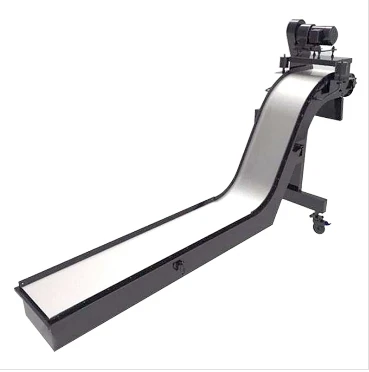miniature cable carrier
The Importance and Evolution of Miniature Cable Carriers
In the rapidly advancing world of automation and machinery, the need for efficient, reliable, and streamlined solutions has never been more crucial. One such solution that has grown in significance is the miniature cable carrier. These innovative components serve a vital role in various industries, including robotics, manufacturing, and automation, enabling smooth movement and transmission of cables and hoses while maintaining organization and protection.
What is a Miniature Cable Carrier?
A miniature cable carrier, often referred to as a drag chain or cable track, is designed to manage and guide cables and hoses in confined spaces. These carriers are engineered to support smaller dimensions, making them ideal for applications where space is at a premium. They ensure that wiring and hoses do not become tangled or damaged during operation, reducing the risk of wear and tear and preventing potential failures.
Applications Across Industries
Miniature cable carriers find applications in a wide range of industries. In automation and robotics, they are commonly used in robotic arms, CNC machines, and conveyor systems, where complex movements and precise control are required. These carriers allow for unrestricted motion while keeping cables secure and protected from abrasion and environmental factors.
Additionally, the medical industry benefits from these carriers. In medical devices and equipment where compactness and reliability are paramount, miniature cable carriers facilitate the movement of hoses and cables without compromising the integrity or functionality of the equipment. This ensures that medical professionals can rely on their tools, enabling them to focus on providing care rather than worrying about equipment failure.
Benefits of Using Miniature Cable Carriers
1. Space Efficiency As their name suggests, miniature cable carriers are designed for compact applications. They help in saving valuable space in machinery and workspaces, which is particularly important in industries where floor area is limited.
miniature cable carrier

2. Protection and Organization One of the primary functions of cable carriers is to protect cables and hoses from damage caused by friction, exposure to chemicals, or harsh environments. By keeping them organized, these carriers also enhance the aesthetics and operational efficiency of machinery.
3. Reduced Wear and Tear Over time, unprotected cables may suffer from wear and fatigue, leading to system failures and costly downtime. Miniature cable carriers mitigate this risk by providing a guided path that minimizes movement stress on cables.
4. Enhanced Mobility In dynamic applications, where components are in motion, these cable carriers allow for fluid and uninterrupted movement. This feature is especially important in robotic and automated systems where precision is crucial.
5. Customization Options Many manufacturers offer customizable miniature cable carriers designed to meet specific application requirements. This customization could involve adjusting dimensions, materials, and entry/exit points for cables and hoses, making them versatile for various industrial needs.
The Future of Miniature Cable Carriers
With the increasing integration of technology in automation and robotics, the demand for miniature cable carriers is expected to grow. The future may see advancements in their design, incorporating smart technologies that monitor wear and provide feedback for maintenance, thus enhancing their longevity and performance.
Moreover, as industries strive for greater sustainability and efficiency, manufacturers may focus on developing eco-friendly materials and designs. The evolution of miniature cable carriers will likely parallel these trends, leading to innovations that reduce waste while maintaining functionality.
Conclusion
In conclusion, miniature cable carriers are indispensable components in the modern landscape of automation and machinery. Their ability to protect and organize cables while enhancing movement efficiency makes them a vital asset across various sectors. With ongoing advancements in technology and materials, the future of miniature cable carriers looks promising, paving the way for even greater innovations that will continue to support the ever-evolving demands of industry.








